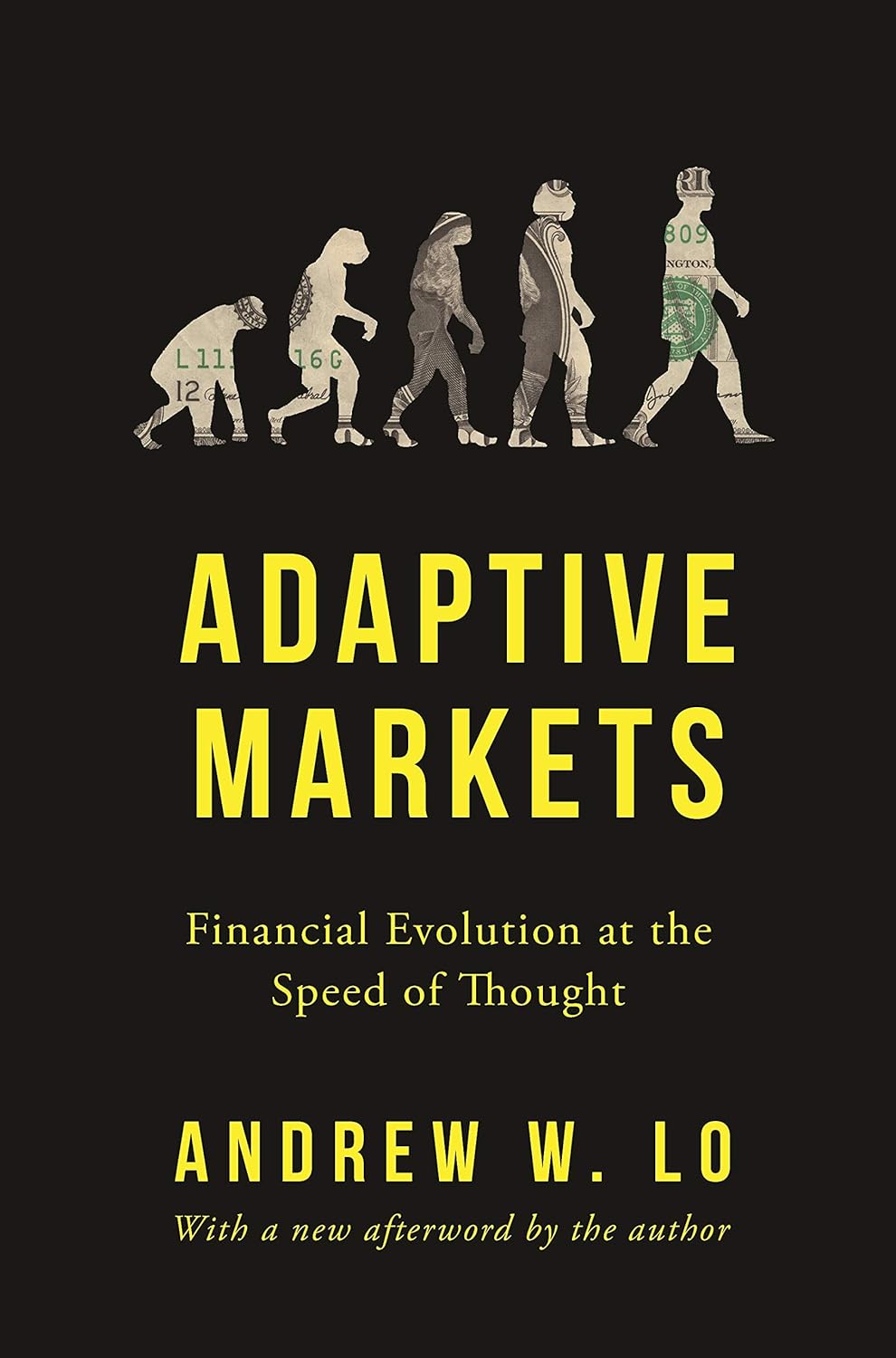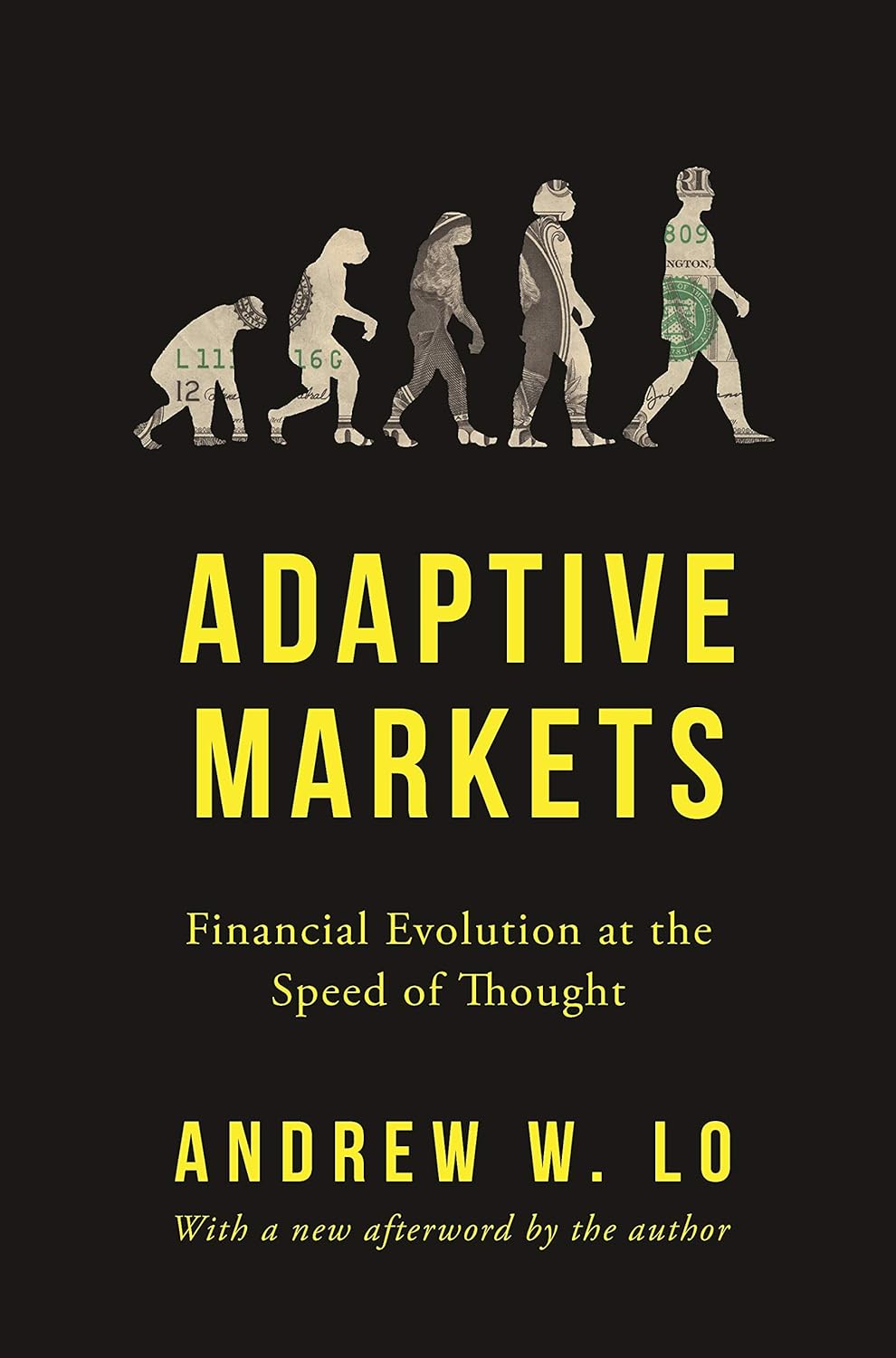As a passionate reader intrigued by finance and economics, I couldn’t resist picking up Andrew Lo’s Adaptive Markets: Financial Evolution at the Speed of Thought. The title itself promised a blend of traditional economic theory with a twist on behavioral insights—a fusion I find particularly compelling given our rapidly changing financial landscapes. With half of all Americans invested in the stock market, understanding market behavior feels more relevant than ever, and Lo’s exploration of the Adaptive Markets Hypothesis draws on diverse fields like psychology, neuroscience, and evolutionary biology to illuminate the subtleties that traditional economic theory often overlooks.
Lo’s writing style is accessible and engaging, making complex concepts digestible for readers who might not have a background in economics. His narrative flows seamlessly between various scientific disciplines, weaving them into a coherent argument that markets are not merely rational or efficient as traditional theories suggest, but are in fact evolutionary in nature. This reorientation is not only refreshing but intellectually stimulating.
A particular highlight of the book is its comprehensive discussion on how emotional and instinctual responses can create market inefficiencies. I found this perspective incredibly enlightening, especially when read alongside the acknowledgment of traditional rational models. Readers like A. Menon raved about Lo’s originality in explaining the duality of rationality and irrationality, making it evident that the book encourages deep contemplation about the complexities of market behavior. It’s not just a mere academic exercise; it feels relevant to real-world situations, allowing us to understand the fluctuations between crisis and stability, profit and loss.
However, the book is not without its drawbacks. Some readers, such as Athan, found it somewhat meandering at times, suggesting that the depth could overshadow the main thesis. These moments, while rich in detail, can distract from the clear points Lo attempts to make regarding market dynamics. Furthermore, there were observations, like the lack of focus on derivatives—a key area of Lo’s expertise—which left some readers wanting more depth in this specific domain.
Another aspect worth mentioning is the palpable excitement of reading about the applications of his theories in resolving broader social issues, such as climate change and poverty. This added layer made the content particularly valuable; Lo doesn’t merely articulate a hypothesis but also opens up pathways for practical implications. His use of case studies, particularly surrounding market evolution in hedge funds and incidents like the quant meltdown in 2007, served as practical illustrations that added vibrancy to the discussion.
While I admired Lo’s extensive references to philosophical and scientific ideas, I can see how some may consider his prose a bit overly intricate or verbose. Nevertheless, I believe it’s essential reading for those genuinely interested in understanding financial markets beyond conventional wisdom.
In summary, Adaptive Markets delivered on its promise of an ambitious framework for understanding market behavior. It blends high-level theory with down-to-earth applications, encouraging readers to rethink foundational assumptions about rationality in financial decision-making. Despite some minor pacing issues and a few missing links to derivatives, the overall experience was enriching and thought-provoking.
I’d wholeheartedly recommend this book to anyone interested in finance, whether you’re a seasoned economist, a budding investor, or just curious about how human behavior shapes our financial systems. Lo’s insights could very well change the way you perceive not just markets, but the broader economic landscape.
Explore the groundbreaking insights of Adaptive Markets: Financial Evolution at the Speed of Thought and discover how to navigate the ever-changing landscape of finance.
>>








